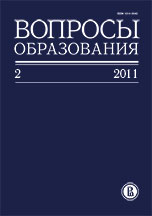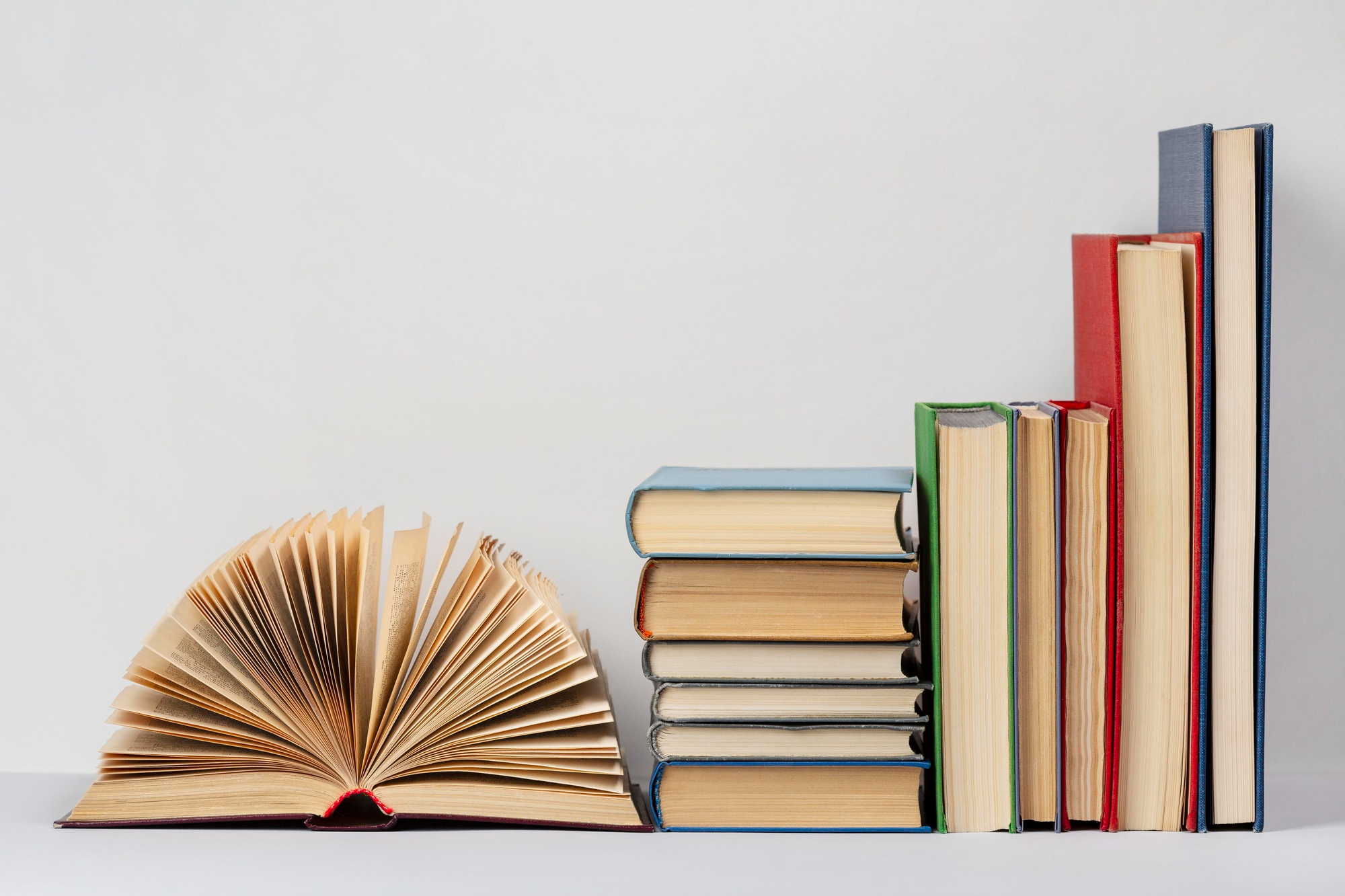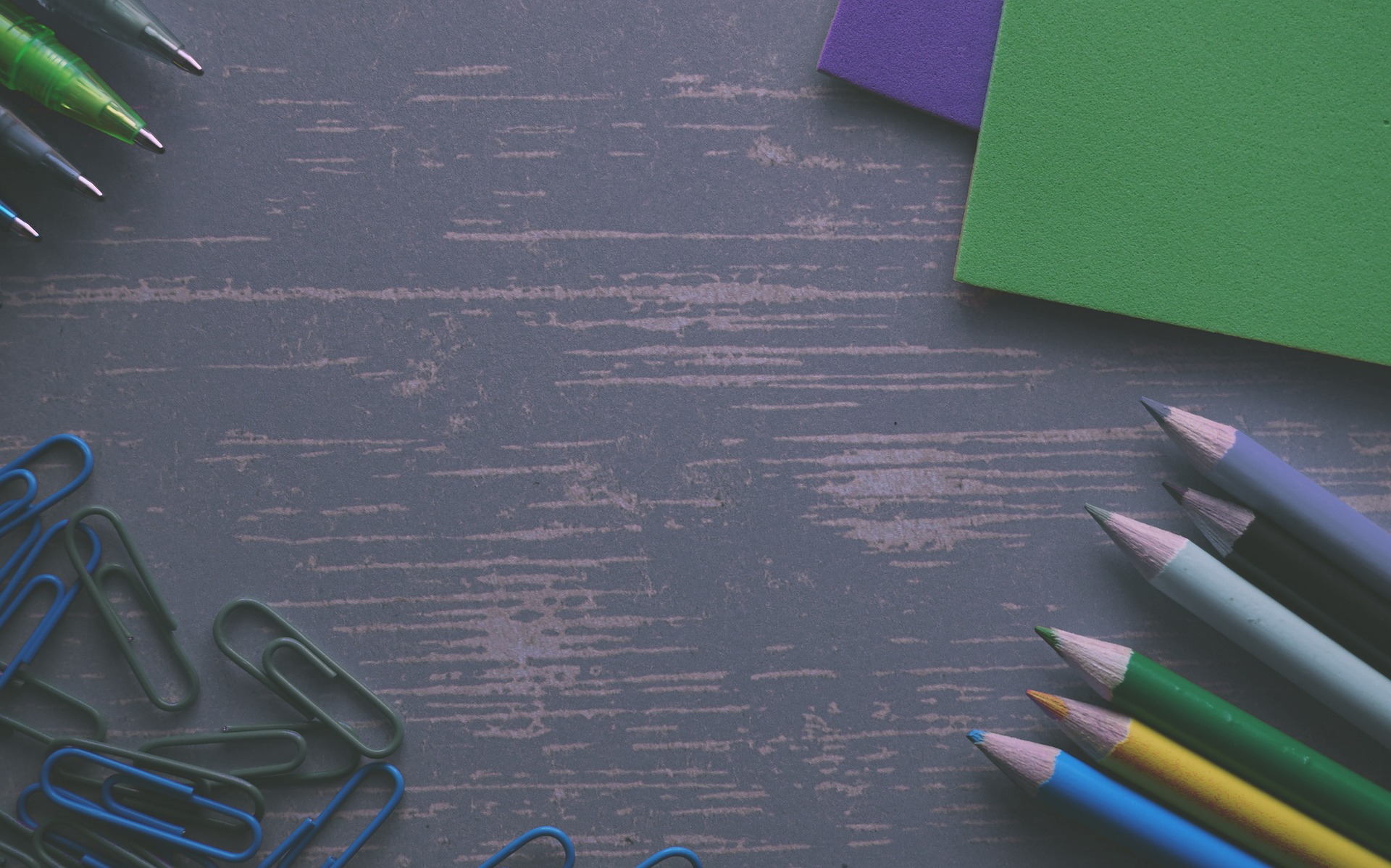Победа в PIRLS и поражение в PISA: судьба читательской грамотности 10–15-летних школьников
Аннотация
Тест PIRLS свидетельствует о высоком уровне готовности 9–10-летних выпускников российской начальной школы к обучению с помощью текстов. Тест PISA обнаружил низкий уровень готовности 15–16-летних выпускников основной школы к использованию текстов для решения широкого круга бытовых, социальных и образовательных задач. Для изучения динамики читательской грамотности 10-15-летних учеников основной школы была создана диагностическая методика «Тяни-толкай», сочетающая подходы PIRLS и PISA. Приведены данные о читательской грамотности учеников 4-х, 6-х и 9-х классов, оцененной с помощью этого единого измерителя. Показано, что два года обучения в российской основной школе (5-й и 6-й классы) ничего не изменяют в способности школьников понимать информационные тексты. 9-й класс значимо отличается по уровню читательской грамотности от 4-го, однако ее накопление за пять лет обучения весьма незначительно. Результаты расцениваются как свидетельство того, что в современной российской школе остро стоит проблема качества учебников и способов их использования в учебном процессе.








